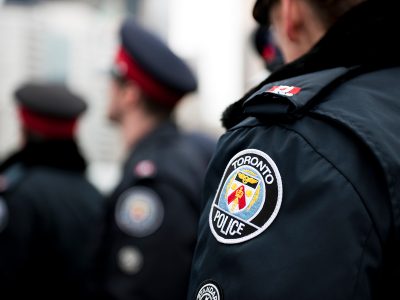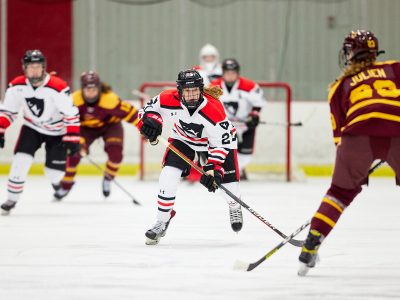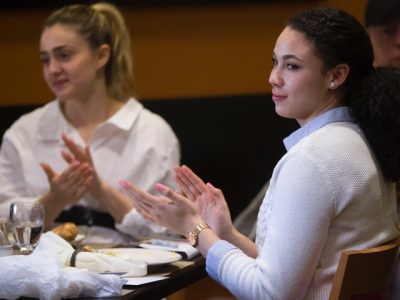By Lisa Gregoire
Martha Flaherty has vivid early memories of family life in Inukjuak, in northern Quebec’s Nunavik region.
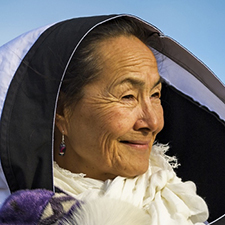
Martha Flaherty
But in 1955, the year she turned five, she was among several Inukjuak families who were transported by ship 2,000 kilometres north to Grise Fiord, where only military and weather stations had existed. She remembers the dizzying journey at sea but memories get disjointed after that.
Flaherty was a keynote speaker at Carleton’s second annual Kinàmàgawin Symposium which was streamed online on Feb. 25, 2021.
Entitled, The Inuit Relocations: Intergenerational Impacts and Inuit Resilience, the symposium featured panel discussions, cultural performances and deep reflections on a dark chapter in federal-Indigenous relations largely unknown to Canadians.
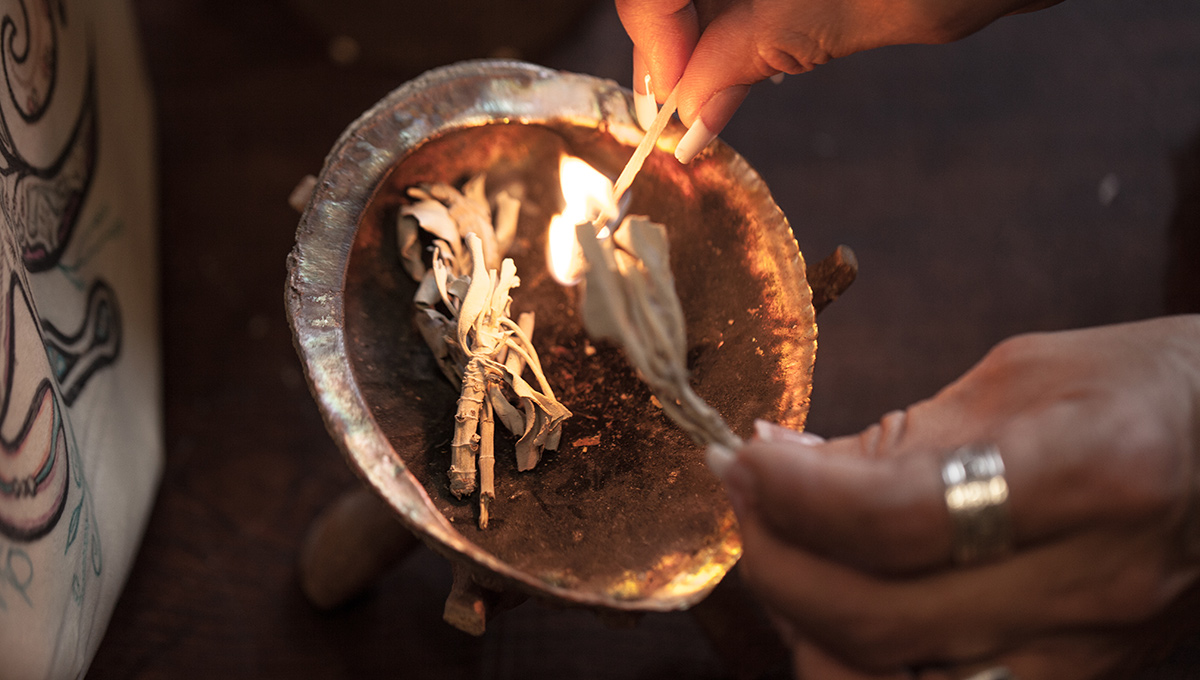
The High Arctic Exiles
Grise Fiord and Resolute Bay—where Inuit were sent during the 1953 and 1955 relocations—were foreign, treeless High Arctic moonscapes, much colder than home. In winter, the sun disappears for more than three months and average temperatures hover around -25 C.
The High Arctic Exiles, as they became known, didn’t know what animals to hunt and fish nor where to find them. They were cold, frightened, starving, depressed and angry, living in tents that first winter, searching for food in the dark. They cried and raged. They didn’t understand what was going on. Several families from North Baffin Island were also relocated to the High Arctic, in the hopes that they could teach the more southern Inuit how to survive.
Federal government officials claimed the families’ relocation was to protect them from regional overpopulation and preserve their subsistence lifestyle. But Inuit say they were moved with little forethought to their well-being so that Ottawa could establish Canadian sovereignty in the northern archipelago during the Cold War. They were, as many have described them, human flagpoles.
“People need to understand the reality of what the government did, the reality of what we went through,” said Flaherty, former president of Pauktuutit Inuit Women of Canada, a current Pauktuutit board member and an Ottawa-based interpreter and translator.
“It shouldn’t be hidden. It should be used for education so people can better understand the history of the Inuit.”
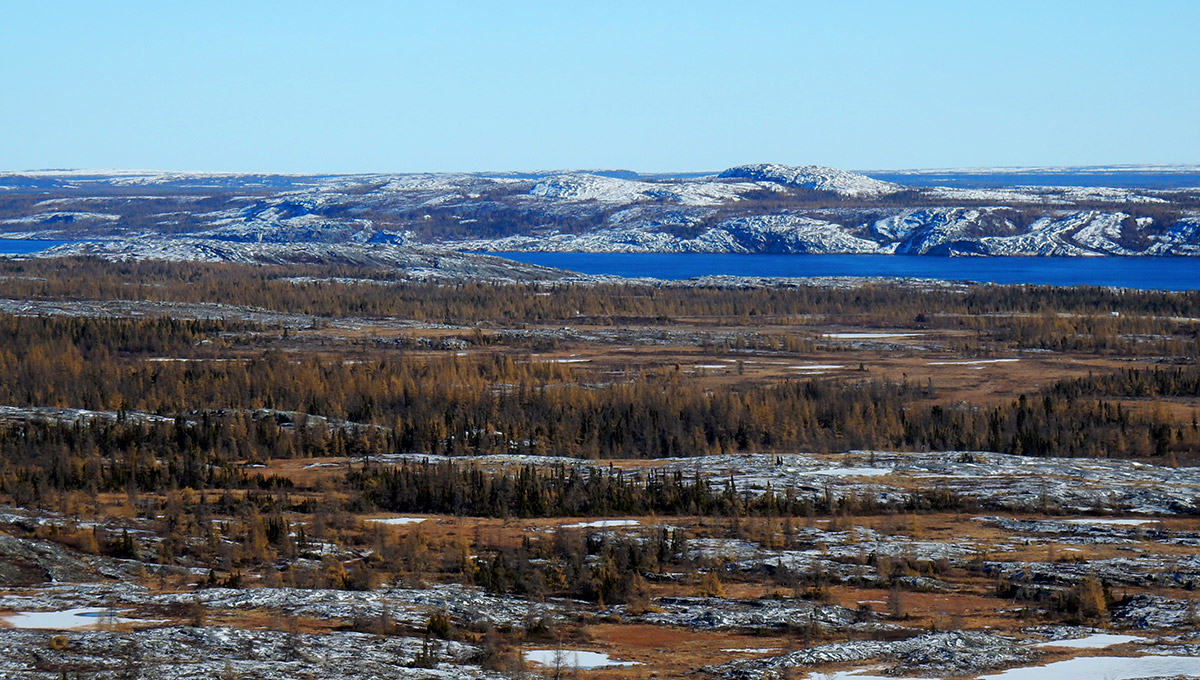
A Celebration of Courage, Strength and Adaptation
Flaherty’s story is a celebration of courage, strength and adaptation. She talks about eating bugs on the underside of her caribou skin mattress to stave off hunger and how her mother mixed melted snow with flour to feed an infant child.
“When you really need to survive like we did, in a very hard environment, you find a way to do it,” she said.
“Inuit are very good at surviving in very hard conditions. They can fix anything.”
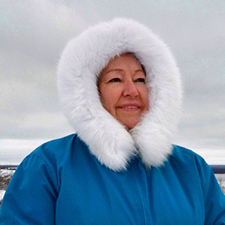
Sheila Watt-Cloutier
Even the planet, says environmental, cultural and human rights advocate, Sheila Watt-Cloutier. Author of The Right To Be Cold, Watt-Cloutier delivered the symposium’s afternoon address, exploring the role of Inuit today in identifying and solving climate change challenges and other global problems.
Watt-Cloutier explores the intersection of climate change, politics and Indigenous human rights in GRANTA magazine in an essay entitled Upirngasaq (Arctic Spring). Indigenous Peoples have intimate environmental knowledge and a unique way of seeing the interconnectedness of the world, but they often lack the means and opportunities to be heard and understood.
“I believe Indigenous wisdom is the medicine the world seeks now in addressing these issues,” said Watt-Cloutier, from her home in Kuujjuaq, Nunavik.
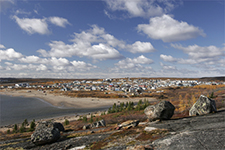
Kuujjuaq, a village in Nunavik, Quebec (Photo: Orbitale)
“Human trauma and planetary trauma are one and the same. Our unsustainable ways that have caused a lot of damage to our atmosphere are forcing the planet to react with violent storms and other erratic events, not unlike the child who has suffered trauma without a space to heal and coping mechanisms.”
And even though Inuit have suffered greatly under colonialism—relocations, residential schools and systemic racism, for example—they don’t want pity, Watt-Cloutier said. They want respect.
“If you look to the people who still rely on their environment to be mobile, to transport themselves in a natural environment, to get their food, to rely on weather patterns and conditions for safety and security—if you look to us as having answers to some of these issues, it will be a better world,” she said.
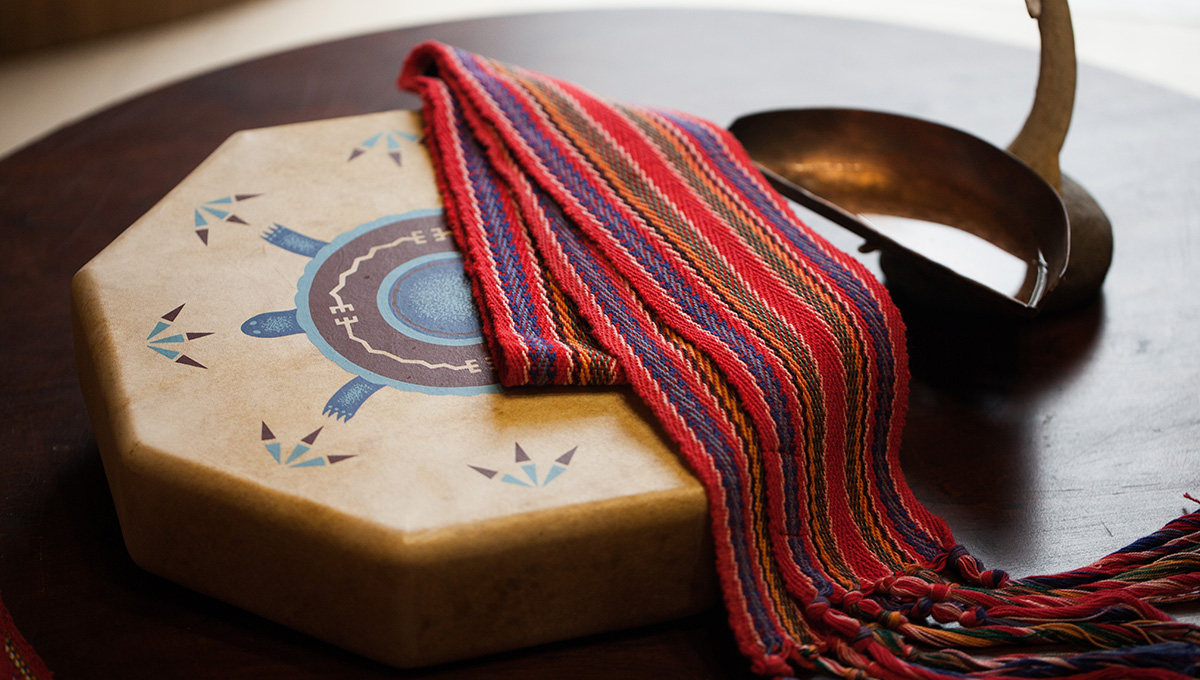
Monday, February 22, 2021 in Events, Indigenous, Leadership
Share: Twitter, Facebook
